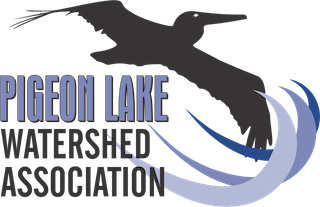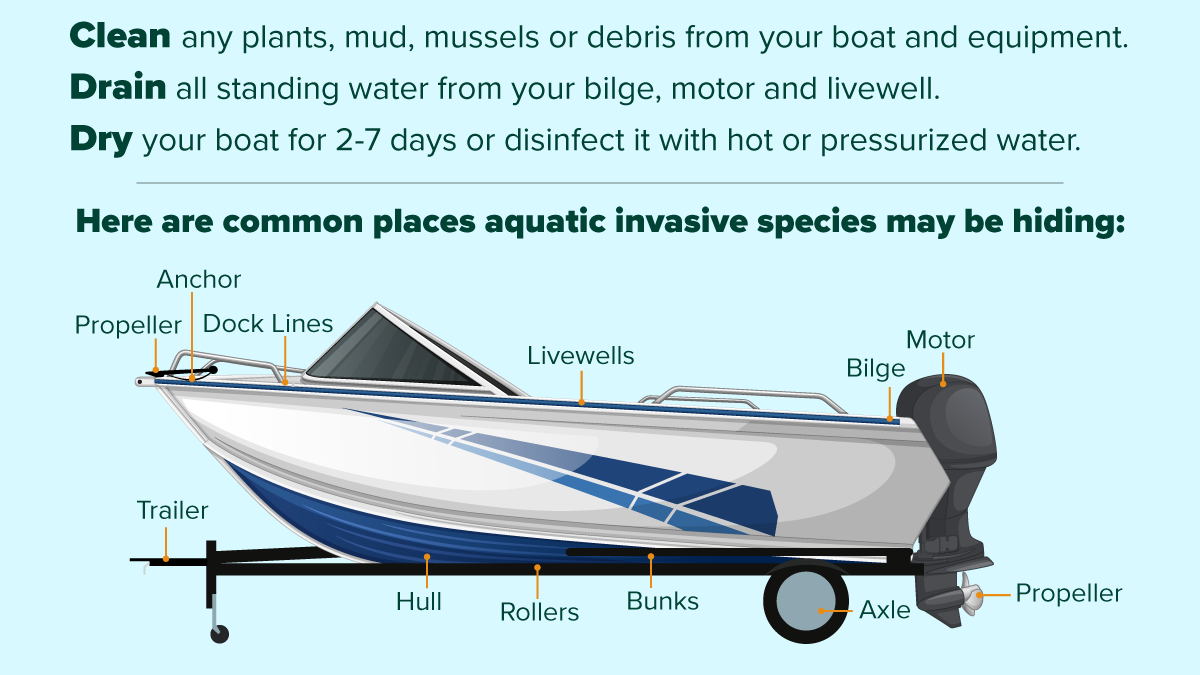Invasive Species Awareness Week
Eurasian watermilfoil: A Case for Prevention
Cottagers, did you know that Eurasian watermilfoil is an invasive aquatic plant found in many lakes in BC? Eurasian watermilfoil looks similar to many native, beneficial watermilfoils. Eurasian watermilfoil has not been detected in Pigeon Lake but this invasive species will cause recreational, economic and ecological damage if we bring it to the Lake. This species:
Forms dense mats at the water’s surface inhibiting water recreationists.
Overtakes habitat and outcompetes native aquatic plants, potentially lowering diversity.
Provides unsuitable shelter, food, and nesting habitat for native animals.
In 2019, The Okanagan Basin Water Board reported:
Eurasian Watermilfoil, which was established in the early 1970s in the Okanagan, has spread to select waterbodies in the Thompson/Okanagan, Central Kootenay, East Kootenay, Lower Mainland, and coastal regions in BC. The Milfoil program costs were fully downloaded to the OBWB and local communities in 1998. The annual budget for this program is $850,000 of local property taxes, spending an estimated $20 million over the life of the program.
Help Prevent the Spread!
Clean, Drain and Dry watercraft when moving between waterbodies. Ask visitors coming to the lake to do the same.
Invasive species can spread by hitching a ride on your boat, paddleboard and other watercraftClean fishing gear, summer and winter, will also help prevent the spread of invasive species
Write a letter to the provincial government to request they reinstate watercraft inspection stations at the BC border
Learn more about invasive species that are a threat at Pigeon Lake
https://www.plwa.ca/aquatic-invasive-species
Eurasian Milfoil: This is an invasive species not currently found in Pigeon Lake. It looks similar to the native Northern Watermilfoil that you will see in Pigeon Lake. The native species is beneficial to the aquatic ecosystem. To tell the difference between the species, look at the number of leaflet pairs (12-16) and for the leaflets to collapse around the stem when removed from the water - these factors are tell-tale signs of the invasive.


